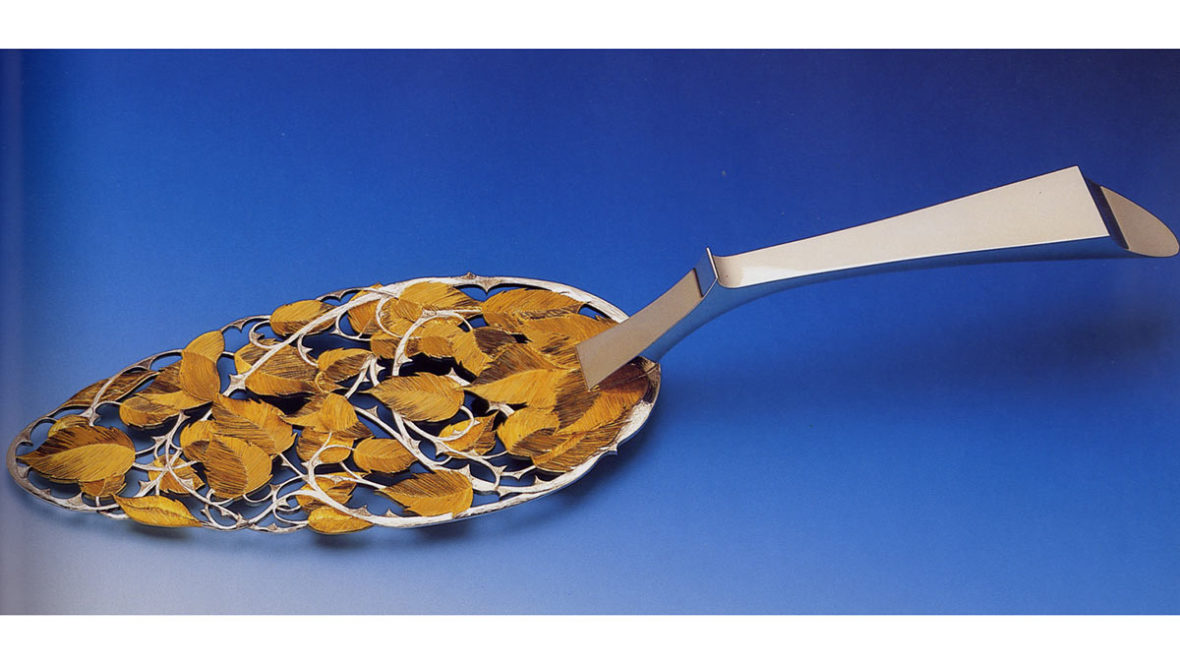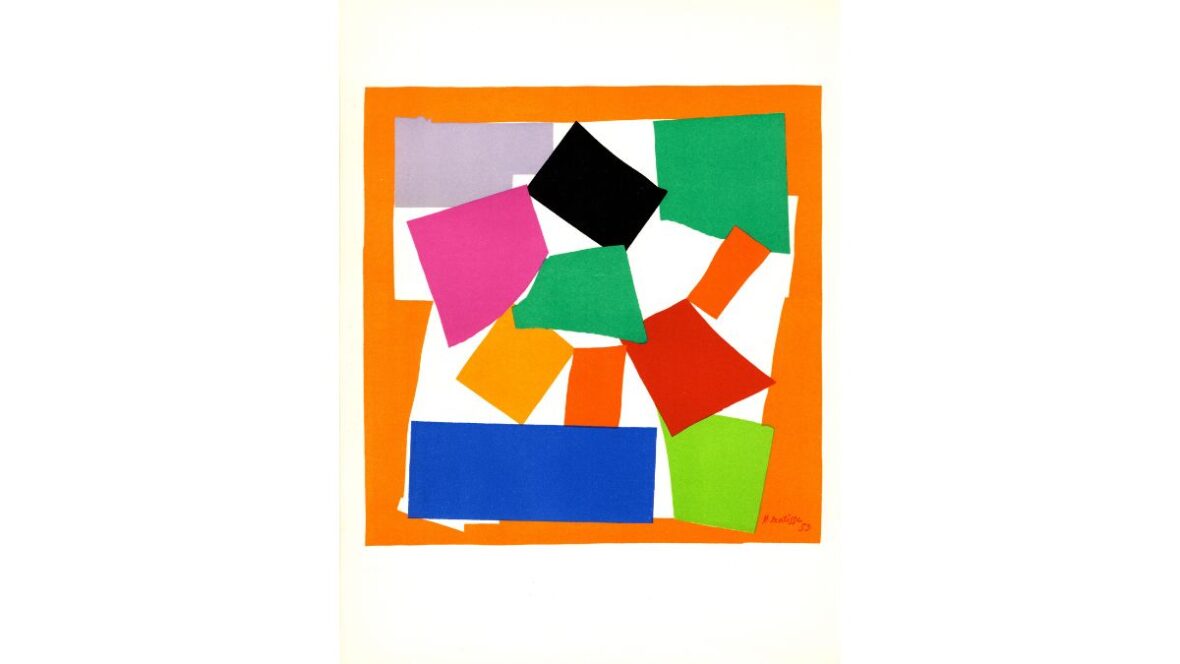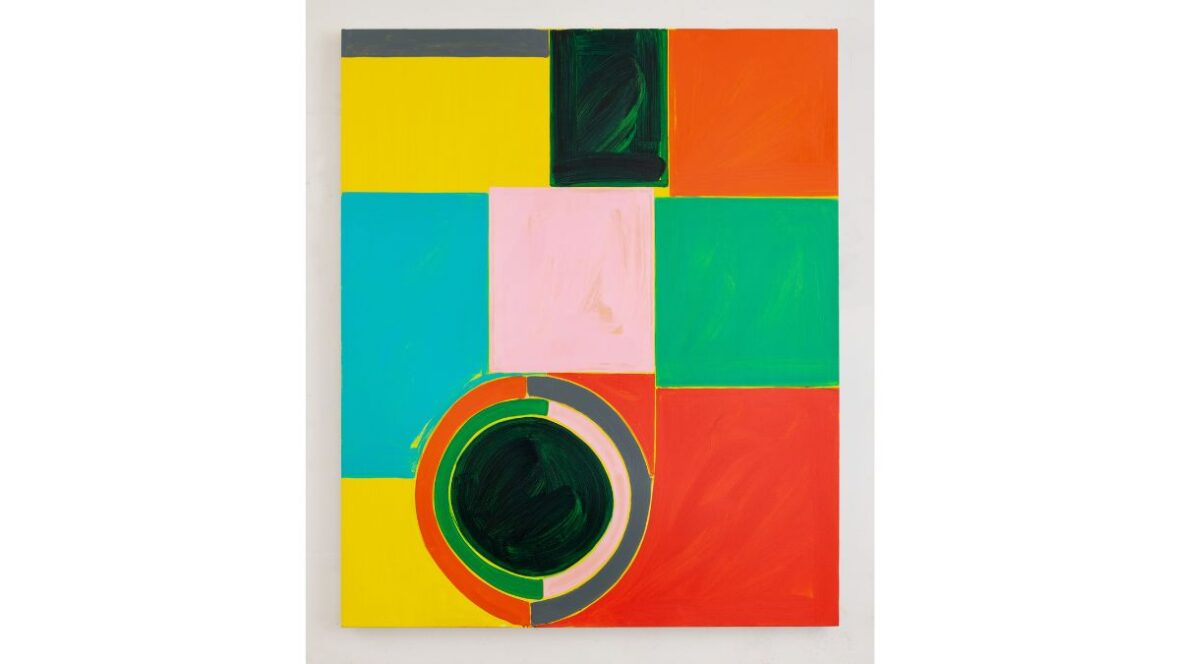Silver Servers:
Collection of Seymour Rabinovitch
Exhibition Statement
Also on display, June 25-September 12, was a selection of 18th century antique silver servers from the collection of Seymour Rabinovitch. Silver servers first came into prominence as an accompaniment of the development of table cutlery and the refinement of dining practices. Mr. Rabinovitch has done extensive study on these antique pieces and has written the comprehensive book, Antique Silver Servers for the Dining Table, on the subject.
In the 1970s Benton Seymour Rabinovitch began collecting antique silver. He chose to concentrate his collecting activities on slices, the broad-bladed silver servers that became part of the repertoire of table service utensils at the turn of the 18th century. They added elegance to the service of fish or dessert. The three historical examples on display during the exhibition, dating from the last decades of the 18th century, showed the varied blade shapes, as well as the common practice of piercing and engraving the handle and blade surfaces with elaborate decoration.
Since the late 1980s, Rabinovitch shifted his collecting interest to the commissioning of contemporary interpretations of this largely historical object, granting the artists complete freedom as to the work’s design and ornamentation. He stipulates only the use of sterling silver, and is open to the incorporation of other media. The results of these commissions are as spectacular as they are captivating.
Many of the slices are literal translations of their function. References to fish, other sea life, and their watery habitat surfaced throughout the exhibition. Others, rather than remaining true to purpose, investigate sculptural concerns, at times eliminating practical application. Some slices refer stylistically to the movements of Arts and Craft, Art Déco, and Scandinavian modernism; others speak to their makers’ expertise in jewelry design, existing as exquisite statements of beauty. All can be understood as exuberant explorations of form, function, and material.
The multitude of artistic approaches to the Rabinovitch commissions speaks to the innovative and vibrant practice of contemporary silver-based artists. His collection is roughly half British and half North American in production, affording his scientific mind an opportunity to make comparative evaluations regarding the two origins. His observations find the British artists to be technically more brilliant, whereas the North Americans lead in creativity.
Artists
Suzanne Amendolara
Malcolm Appleby
Brain Asquith
Martin Baker
Phillip Baldwin
Candace Beardslee
Gerald Benney
Lois Etherington Betteridge
Flora Book
Alex Brogden
David Bromilow
Michael Brophy
Robert Butler
Wade Callender
Bridgitte Clavette
Kevin Coates
John Cogswell
Ross Conway
Tara Michelle Coomber
Andrew S. Cooperman
Nancy Megan Corwin
David & (Bill) Courts & (Hackett)
Thomas Daniel
Basil Denn
Leslie Durbin
Cynthia Eid
Anthony Elson
Sandra Enterline
Susan Ewing
Robert Farrell
William Fredrick
David Gackenbach
Terri Gelenian-Wood
Wally Gilbert
Myra Mimlitsch Gray
Simone ten Hompel
Adrian Hope
Roger Horner
Justine Huntley
Kay Ivanovic
Marion Kane
Rod Kelly
Chris Knight
Christopher Lawrence
Val Link
Michael Lloyd
Helen Marriott
Kurt Matzdorf
Alistair McCallum
Michael McCrory
Angus McFadyen
Hector Miller
Jacqueline Mina
Ross Morrow
Alan Mudd
Peter Musgrove
Komelia Hongia Okim
Shannon O’Neill
Ronald Pearson
David Peterson
W. Plummer
Justin & (Steve) Richardson & (Ottewill)
Mark Rooker
Michael Rowe
Toby Russell
Harold Schremmer
Andrea Schweitzer
Heikki Seppa
Helen Shirk
Jane Short
Nancy Slagle
Dennis & (Gareth) Smith & (Harris)
Graham Stewart
Lucian Taylor
Barry Thomas
Alfred Ward
Charleen Weidell
Julie Whitelaw
Julia Woodman
Kee-Ho Yuen




